Buy this landscape artwork Monument valley panorama by Fotografie Egmond on canvas, ArtFrame, poster and wallpaper, printed on demand in high quality.
About "Monument valley panorama"
by Fotografie Egmond
About the artwork
Monument Valley is perhaps the most appealing example of the overwhelming beauty of the desert landscape in southwest America. The silhouette of lone red rocks surrounded by an empty, vast plain has served as the backdrop for dozens of films and many commercials. Most of the park is in Arizona, the northernmost tip belongs to the state of Utah. Millions of years ago, this area contained many more rocks, composed of various types of rock. The softer layers were worn away by erosion, forming the so-called mesas. These are wide rocks that are flat at the top. The continuous erosion process ensures that even a mesa wears away very slowly. The harder upper layer wears away less quickly than the softer sides, so a mesa becomes narrower and narrower. When the width of rock eventually becomes smaller than its height, it is no longer a mesa, but a butte. The butte also slowly wears away, until what remains is a spire, a rock needle. Which will eventually slowly disappear entirely. Monument Valley is a Navajo Nation Tribal Park, which means it belongs to territory managed by the Navajo Indians. Some families have lived in the area for generations, and they uphold the traditions of their ancestors. For these Indians, tourism is an important form of income.

About Fotografie Egmond
Kim Visser (1977) and Olof van der Steen (1978) both grew up and still live in the Egmonden. Since their early childhood they have been good friends and a few years ago they started taking photographs together. What started as a hobby has now grown into a professional occupation. Over.. Read more…
 Netherlands
Netherlands Ordered in December 2021
Ordered in December 2021
 Netherlands
Netherlands Ordered in January 2025
Ordered in January 2025
 Netherlands
Netherlands Ordered in April 2019
Ordered in April 2019
 Netherlands
Netherlands Ordered in January 2023
Ordered in January 2023
 Netherlands
Netherlands Ordered in April 2020
Ordered in April 2020
 Germany
Germany Ordered in March 2021
Ordered in March 2021
 Netherlands
Netherlands Ordered in March 2020
Ordered in March 2020
 Netherlands
Netherlands Ordered in May 2021
Ordered in May 2021
 Germany
Germany Ordered in February 2019
Ordered in February 2019
 Germany
Germany Ordered in November 2020
Ordered in November 2020
 Netherlands
Netherlands Ordered in October 2022
Ordered in October 2022
 Germany
Germany Ordered in January 2022
Ordered in January 2022
About the material
ArtFrame™
Interchangeable Art Prints
- High-quality print
- Easily interchangeable
- Acoustic function
- Large sizes available
Discover the artworks of Fotografie Egmond
 Helmet on the beachFotografie Egmond
Helmet on the beachFotografie Egmond Breakwater at SchoorlFotografie Egmond
Breakwater at SchoorlFotografie Egmond To the beachFotografie Egmond
To the beachFotografie Egmond Egmond aan Zee lighthouseFotografie Egmond
Egmond aan Zee lighthouseFotografie Egmond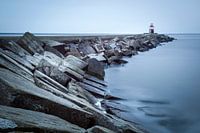 The Noordpier near Wijk aan ZeeFotografie Egmond
The Noordpier near Wijk aan ZeeFotografie Egmond Egmond skylineFotografie Egmond
Egmond skylineFotografie Egmond View through the marram grass to the seaFotografie Egmond
View through the marram grass to the seaFotografie Egmond Sandy path across the sea duneFotografie Egmond
Sandy path across the sea duneFotografie Egmond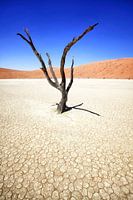 Deadvlei in Sossusvlei, NamibiaFotografie Egmond
Deadvlei in Sossusvlei, NamibiaFotografie Egmond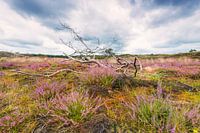 The beautiful moors of Bergen aan ZeeFotografie Egmond
The beautiful moors of Bergen aan ZeeFotografie Egmond Rainbow above Egmond aan Zee.Fotografie Egmond
Rainbow above Egmond aan Zee.Fotografie Egmond Sunset over the dunesFotografie Egmond
Sunset over the dunesFotografie Egmond Egmond aan Zee lighthouseFotografie Egmond
Egmond aan Zee lighthouseFotografie Egmond Sunlight in the autumn woodsFotografie Egmond
Sunlight in the autumn woodsFotografie Egmond Austrian winter landscape in Burserberg, Brandnertal.Fotografie Egmond
Austrian winter landscape in Burserberg, Brandnertal.Fotografie Egmond Sunlight in the autumn woodsFotografie Egmond
Sunlight in the autumn woodsFotografie Egmond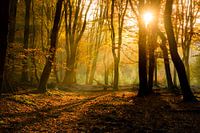 Sunlight in the autumn forest Fotografie Egmond
Sunlight in the autumn forest Fotografie Egmond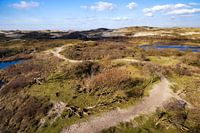 Wandelpad in de duinen van EgmondFotografie Egmond
Wandelpad in de duinen van EgmondFotografie Egmond Voetstappen naar strandFotografie Egmond
Voetstappen naar strandFotografie Egmond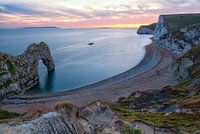 Durdle DoorFotografie Egmond
Durdle DoorFotografie Egmond
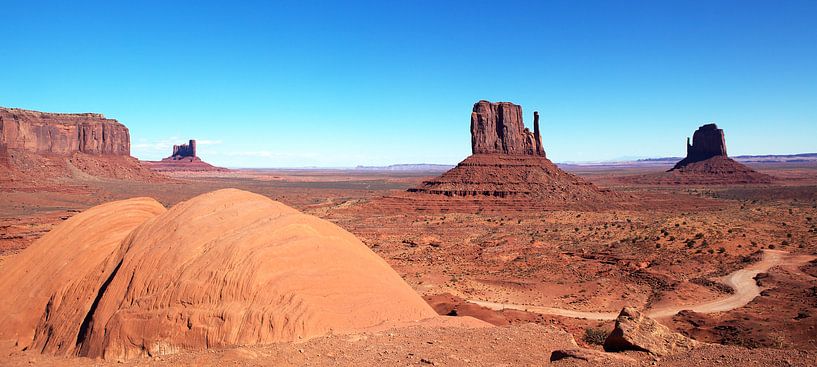









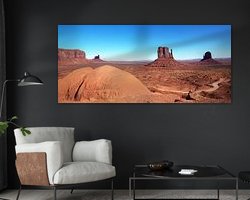

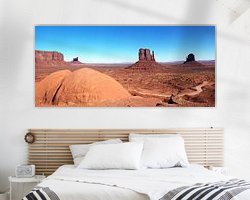
 Arizona
Arizona Confectionery, cake and dessert
Confectionery, cake and dessert Countries & Travel
Countries & Travel Desert
Desert Food
Food Landscapes
Landscapes Modern
Modern Monument Valley
Monument Valley National parks
National parks North America
North America Photo wallpaper
Photo wallpaper Photography
Photography Powerful Expression
Powerful Expression Serene Peace
Serene Peace









